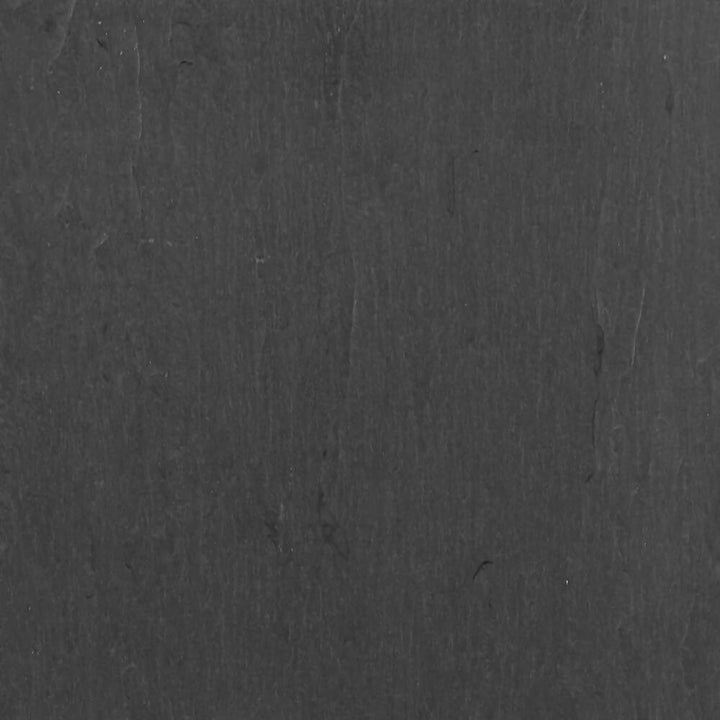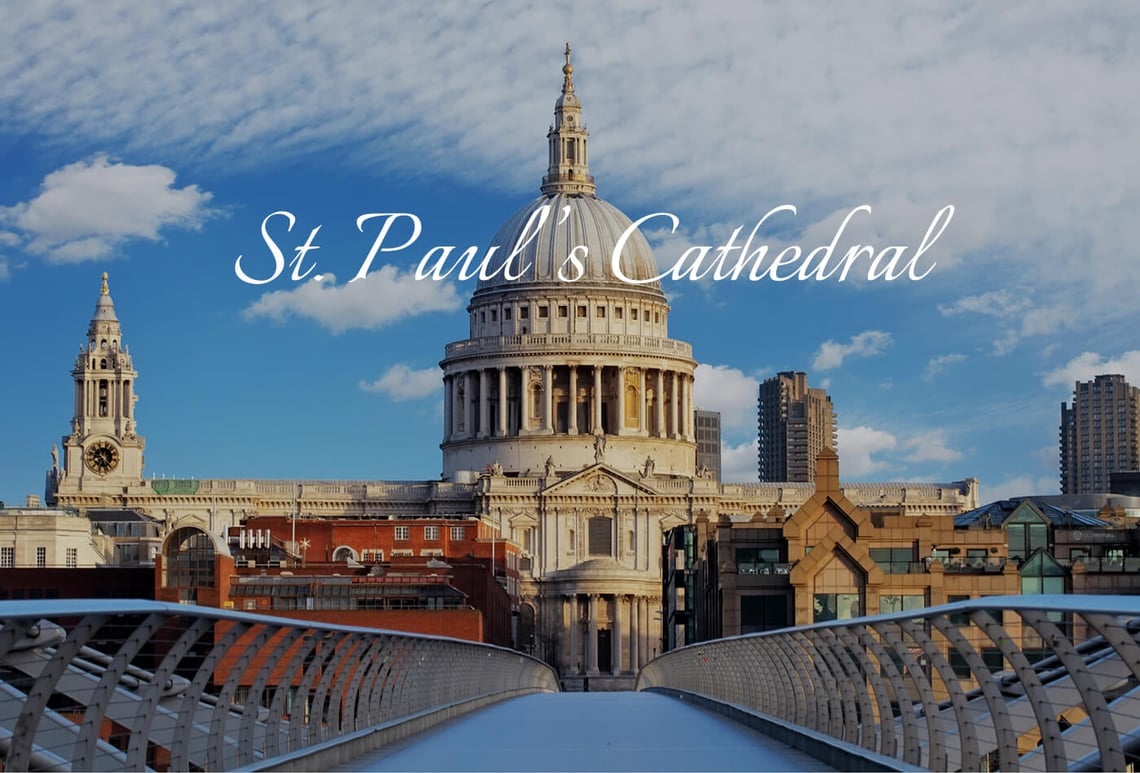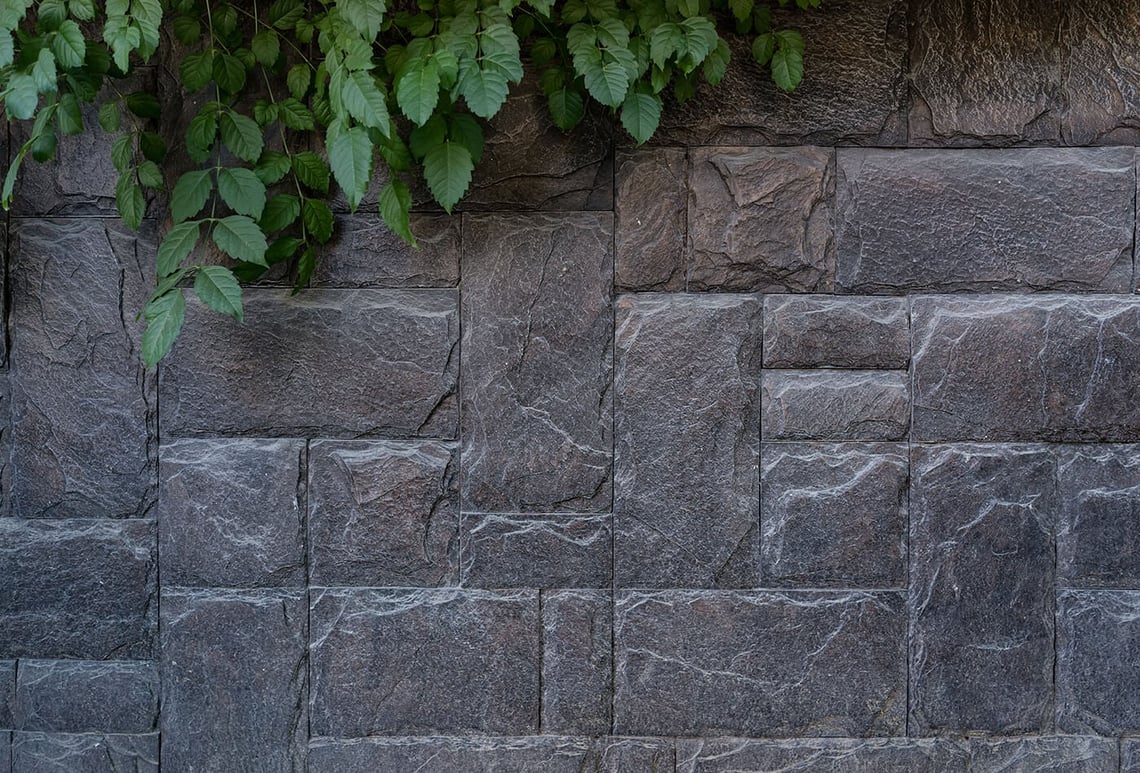Table of Contents
Traditional Irish Architecture beautifully embodies the country's vibrant cultural identity and intriguing history. Each and every ancient stone circle and charming thatched cottage serves as a powerful reminder of the Emerald Isle's deep ties to its land, its people, and its past.
Reach us on +0330 113 5868 or info@work-tops.com to know our stone collections for your homes.
History of Irish Architecture
Ireland is renowned around the world for its magnificent Traditional Irish Architecture. From grand Anglo-Irish and Norman castles to ancient structures dating back to the Stone Age, there is a diverse range of architectural styles to admire. The country also boasts an abundance of elegant Georgian urban buildings and charming whitewashed cottages that could be plucked straight out of a storybook. Alongside these iconic structures, Ireland also boasts lesser-known yet equally stunning Rococo and Palladian country houses. And let's not forget about the breathtaking neo-Gothic and Gothic buildings and cathedrals. With such a wide array of traditional Irish Architecture, there are treasures to discover, Ireland truly is a visually captivating and culturally rich destination that begs to be explored.
CARRARA MYSTERY QUARTZ
£370.36 Carra Mystery Quartz, a gem in the realm of chic farmhouse interiors, enchants with its classic appeal. Embracing a gentle white or light grey hue, this Quartz exudes tranquilly, while delicate, subtle veins weave a tale of timeless elegance. Its… read more |
BLANCO NORTE 14 SILESTONE
£451.62 Blanco Norte 14 Silestone is a white slab that shows a heavily grained effect created by tiny black dots. Each slab is given a perfect finish making it an ideal addition in both residential as well as commercial settings. It… read more |
Architectural Styles in Ireland With Periods

Anglo-dutch Style (1660 - 1720)
In the late 17th and early 18th centuries, the traditional Irish architecture landscape was largely shaped by a refined classical style. Its popularity soared after the restoration of King Charles II in 1660, a time that saw Ireland thrive economically and witness major urban development. Many interiors of homes during this time period were typically adorned with timber panelling.
Palladian Style (1720 - 1770)

The Palladian style was heavily influenced by a group of 16th-century Italian architects, specifically the renowned Andrea Palladio, who drew inspiration from ancient Roman structures. This style is characterised by its emphasis on symmetry and balanced proportions.
Adam Style (1770 - 1800)
In the mid-18th century, traditional Irish architecture began to undergo a major shift in taste. Some architects rebelled against the restrictive and weighty style of Palladianism, embracing a freer approach to classicism. This was perfectly timed with a period of global exploration and the uncovering of ancient ruins, giving architects a whole new range of ornamental elements to incorporate into their designs. Meanwhile, in Dublin, the most celebrated architects of the time were James Gandon, Thomas Cooley, and Thomas Ivory, pushing the boundaries of Irish neoclassicism in the 1700s.
Regency Style (1800 - 1840)
The late 18th century, after the French Revolution, marked a transformative era in Ireland, Britain, and Europe as a whole. During the 1820s, a love for constructing homes in the charming 'olde English cottage' fashion emerged. These structures featured gabled roofs, towering chimneys, ornately carved bargeboards, and inviting porches and verandas adorned with crawling vines.
Victorian Style (1840 - 1901)

1837 marked the start of Queen Victoria's reign and a significant era of industrial progress. This time period saw the emergence of mass-produced, suburban housing, a stark contrast to the traditional, handmade brick structures that were prevalent before.
Edwardian Style (1901 - 1918)
The unique Edwardian aesthetic emerged around 1890, predating the reign of King Edward VII. During this period, there was a renewed fascination with the Queen Anne and Adam architectural styles. This brought about the incorporation of brick walls with delicate stone and terracotta accents, the use of small-paned windows in place of large plate glass ones, and the introduction of Georgian-style fanlights.
Mid 20th Century (1918 - 1945)
During the time period between the two world wars, there was a notable trend of constructing buildings in a simplified version of the Edwardian style. These structures typically featured timber-framed windows, bay windows, tiled roofs, and walls adorned with a mixture of brick, terracotta tiles, and pebble-dash finishes.
Late 20th-century Modernism
In the late 1930s, the use of reinforced concrete gained momentum, proving particularly popular for flat roofs and balconies. Mass concrete also emerged as a favoured choice for wall construction, while the innovation of cavity wall construction soon became a standard practice.
Traditional Irish Wall Capping
For centuries, a diverse selection of stones has been used as wall capping, adding their individual allure and practical advantages to buildings in traditional Irish architecture.
Sandstone is highly coveted for capping in Ireland, with its rich tones of browns, reds, and greens. Beyond its visual appeal, this stone boasts exceptional durability. Its coarse, earthy texture adds a charmingly rustic touch, making it a top pick for modern and classic designs alike for traditional Irish architecture.
Granite with its rugged durability and distinctive speckled design is a favoured selection for wall capping in Ireland. Recognized for its unyielding fortitude and ability to withstand the harsh elements, Granite cappings add a striking element to walls that brave the roughest of Irish weather patterns.
Slate is a popular material for wall capping, often obtained from the quarries of Kerry and Donegal. Its smooth, dark appearance adds a touch of sophistication, perfect for contemporary designs while still honouring traditional Irish architecture.
It's essential to highlight Limestone, a remarkable stone that is proudly included in Loughrey Stoneworks' range. Renowned for its neutral hues and polished texture, Limestone capping is a top choice, both visually enticing and incredibly practical.
COSMIC WHITE GRANITE
£305.23 Cosmic White Granite, known by the other name, Viscount White Granite, is a fantastic option for your kitchen countertops with waves of grey, white, and black. The immensely intricate beauty of nature is brought to light by the Cosmic White… read more |
ARDESIA SLATE
£364.84 Ardesia Slate is an identifiable type of igneous material recognized for its unusual appearance, robustness, and versatility. Mica, chlorite, quartz, and other minerals with refined grains constitute most of their composition. Dark black is the standard shade of Ardesia Slate,… read more |
Conclusion
Traditional Irish architecture goes beyond mere structures; it serves as a living connection to our history, a wellspring of creativity, and a reflection of our distinct heritage. We guarantee that tomorrow's generations can revel in the splendour and expertise of Ireland's architectural gems.
Frequently Asked Questions
-
Explain the Characteristics of Traditional Irish Architecture?
Traditional Irish Architecture is a fascinating blend of influences and periods. Surprisingly, this charming country has been shaped by Norman, Anglo-Irish, and even Gothic cultures ranging from majestic castles to elaborate Georgian urban buildings to intricate Palladian and rococo country homes.
-
What Materials Are Typically Used to Construct Houses in Ireland?
Concrete, in the form of cast foundations, ground floor slabs, and blocks for walls, as well as durable concrete roof tiles. It's interesting to note that the construction methods for Irish houses have remained relatively unchanged for centuries.
P.s. The readers are informed that none of the content available on any of the pages of Work-tops.com should be taken as legal advice and that Work-tops will not be held accountable for your use of the information contained in or linked from these web pages.




